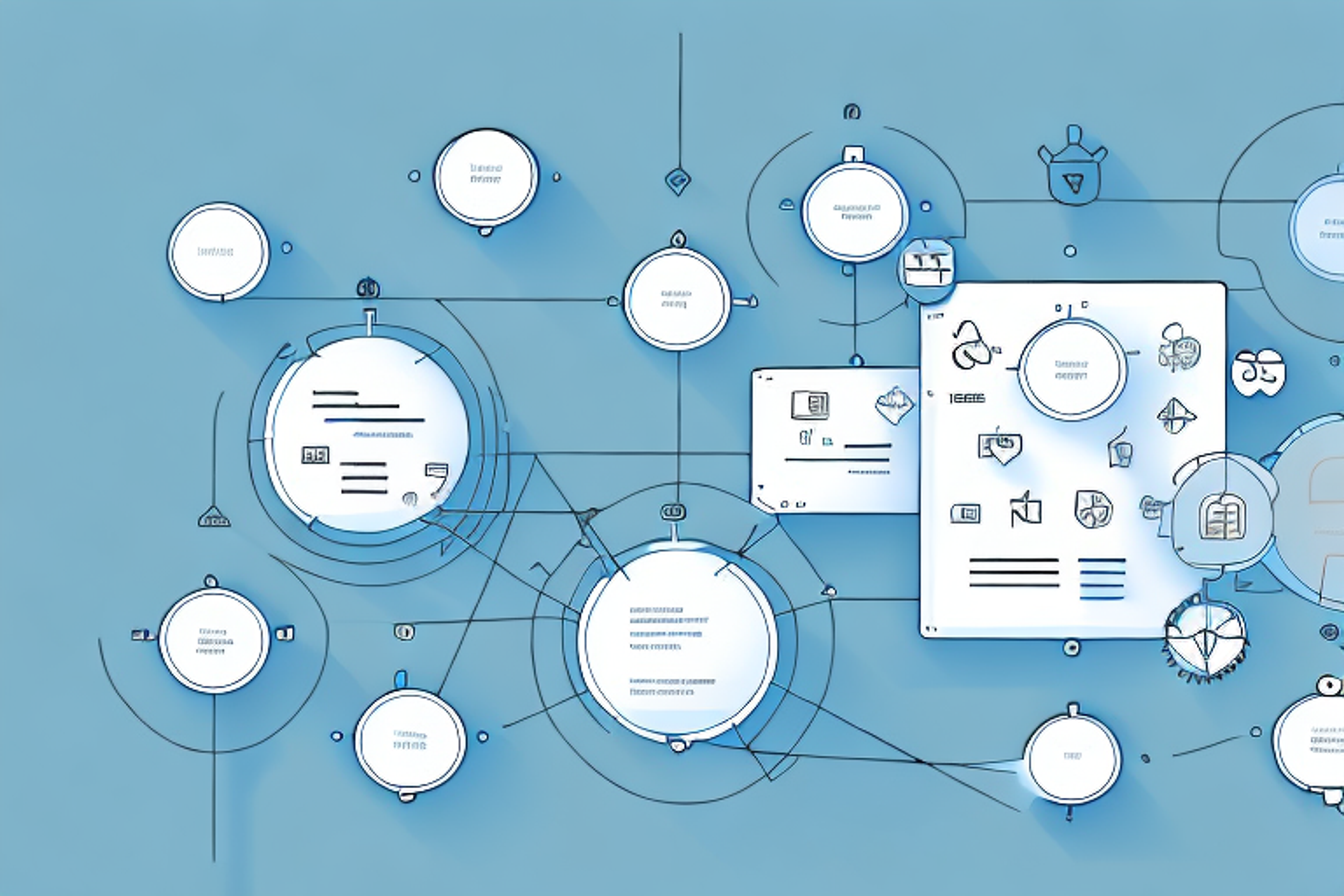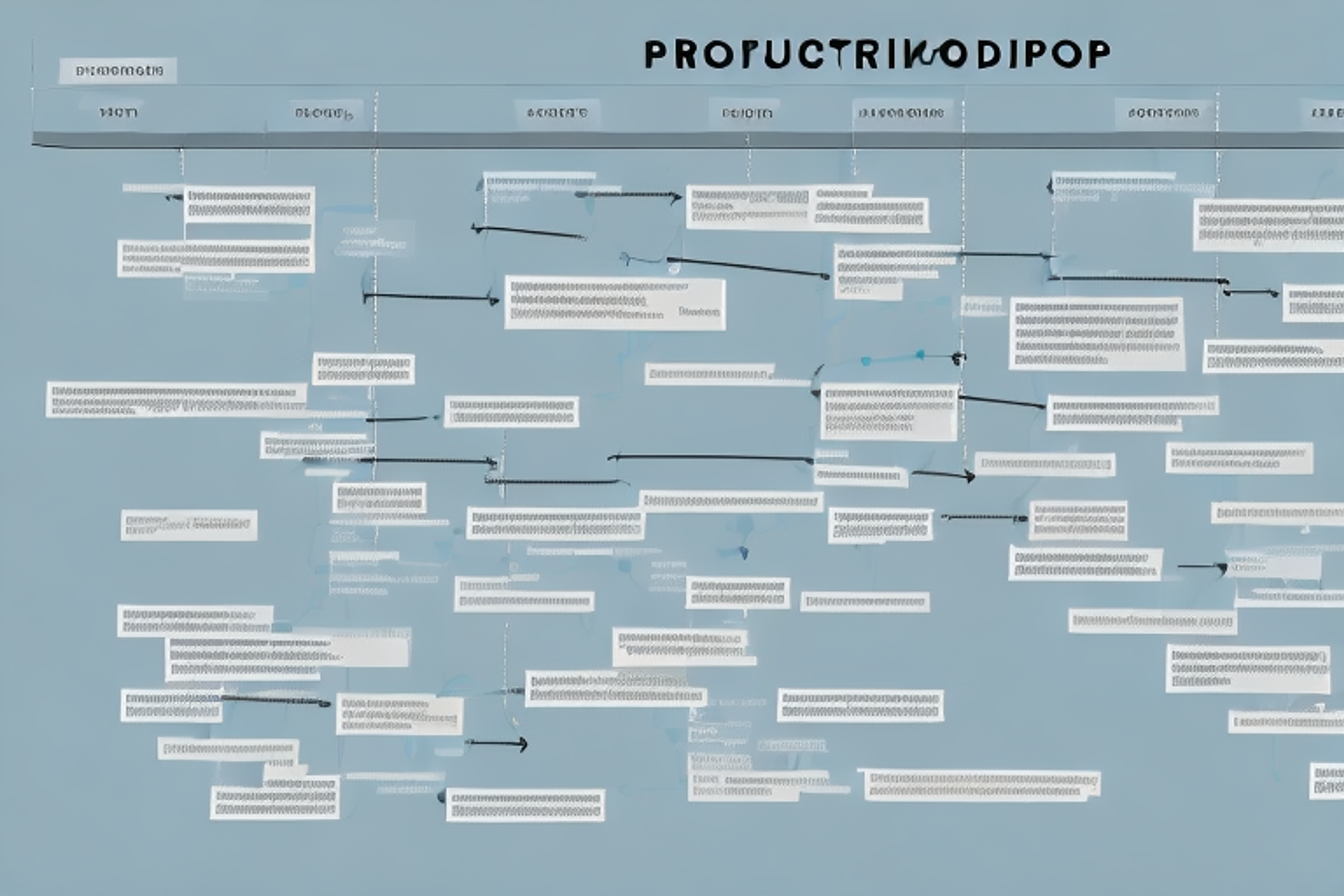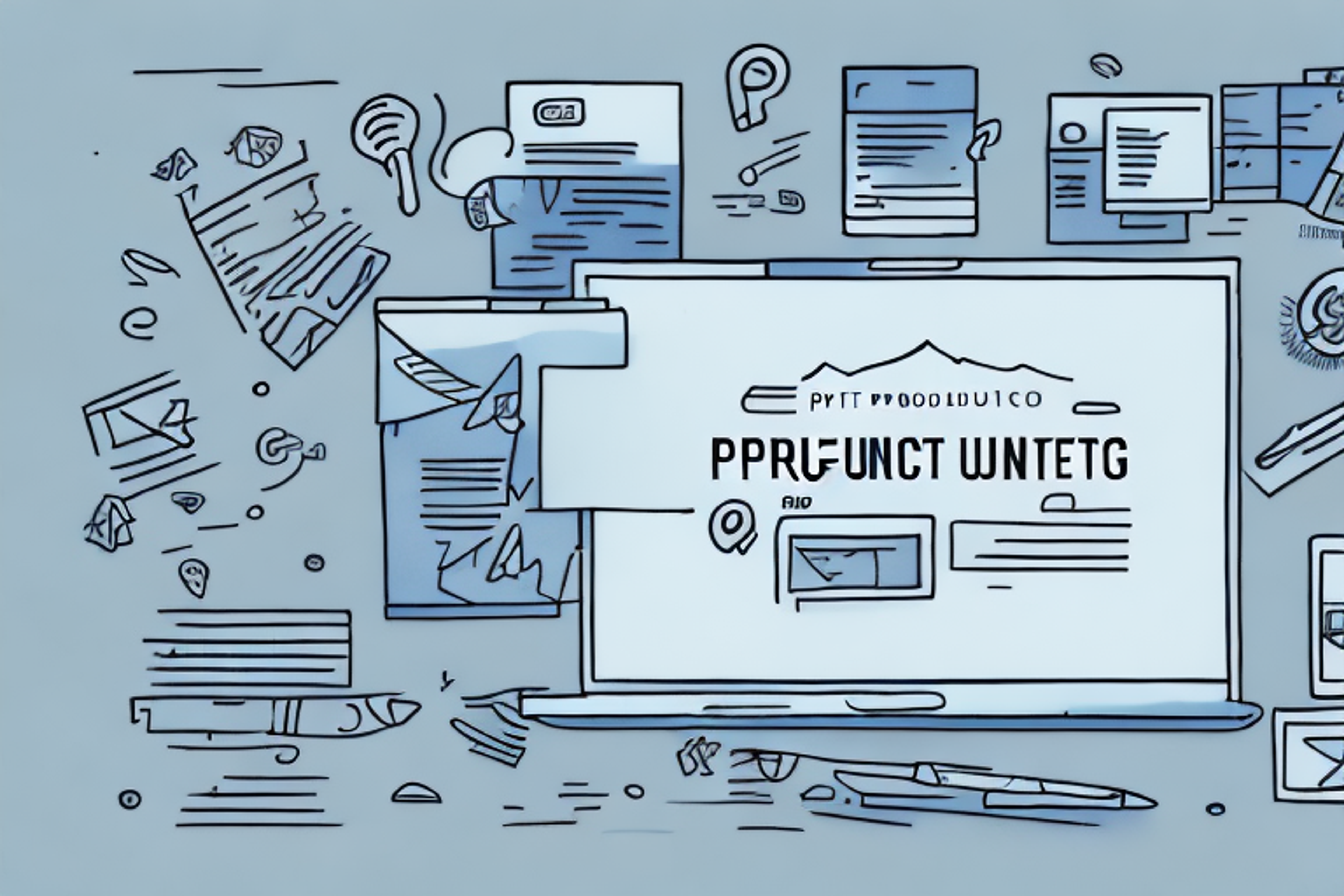Prioritization Frameworks for Product Management: A Comprehensive Guide
Learn how to prioritize your product management tasks effectively with our comprehensive guide on prioritization frameworks.
Posted May 15, 2023

Table of Contents
As a product manager, one of the most critical tasks is prioritization. What should be worked on first? What should be considered a lesser priority? There are a myriad of frameworks and methodologies that can assist with this process, and in this comprehensive guide, we will dive into each one in exhaustive detail. By the end, you will have a thorough understanding of which frameworks are most suitable for your product management needs.
Introduction to Prioritization Frameworks
Prioritization frameworks provide a systematic approach to determining which features and activities should receive the highest attention and resources in a product backlog. The purpose of these frameworks is to ensure that resources are allocated effectively, so that the most valuable product features are developed and delivered to customers in a timely manner.
There are several popular prioritization frameworks used in product development, including the MoSCoW method, Kano model, and Value vs. Effort matrix. Each framework has its own unique approach to prioritizing features based on factors such as customer needs, business value, and technical feasibility. It is important for product teams to carefully evaluate and select the most appropriate framework for their specific product and business goals.
Why Product Prioritization is Important
Effective prioritization is a crucial part of product management. By correctly prioritizing product features, product managers can ensure that they are delivering value to customers and meeting business objectives. Prioritization helps to identify and eliminate unimportant tasks and features that might cause delay and waste resources. It allows for better risk management and ensures that the most important features and tasks are delivered first.
Furthermore, prioritization also helps in managing stakeholder expectations. By involving stakeholders in the prioritization process, product managers can ensure that everyone is aligned on the product roadmap and understands the reasoning behind the prioritization decisions. This can lead to better communication and collaboration among teams, resulting in a more successful product launch.
The Role of Product Manager in Prioritization
The role of product managers in prioritization is to ensure that the most important features are delivered first. The product manager is responsible for working with stakeholders and cross-functional teams to understand customer needs and prioritize product features accordingly. The product manager is also responsible for continuously updating and refining the product backlog based on customer feedback, research, and other factors.
One of the key responsibilities of a product manager in prioritization is to balance the needs of different stakeholders. This includes understanding the needs of customers, as well as the needs of the business and development teams. The product manager must weigh these different priorities and make decisions that will ultimately lead to the most successful product.
Another important aspect of the product manager's role in prioritization is to communicate the product roadmap and priorities to the rest of the organization. This includes working with marketing, sales, and customer support teams to ensure that they understand the product vision and can effectively communicate it to customers. By keeping everyone aligned and informed, the product manager can help ensure that the product is successful in the market.
Types of Prioritization Frameworks
There are several types of prioritization frameworks, and each has its own strengths and weaknesses. Some of the most common types of prioritization frameworks include:
- The Kano Model
- The Value vs Effort Matrix
- Weighted Shortest Job First
- The MoSCoW Method
- The RICE Scoring Model
It is important to note that the choice of prioritization framework depends on the specific needs and goals of the project or organization. For example, the Kano Model is useful for identifying and prioritizing features that will delight customers, while the Value vs Effort Matrix is helpful for determining which tasks will provide the most value with the least amount of effort. Additionally, some frameworks may be more suitable for certain industries or types of projects. Therefore, it is important to carefully evaluate and select the most appropriate prioritization framework for your specific situation.
The Kano Model: An Overview
The Kano Model is a customer-centered prioritization framework that helps product managers understand customer needs and preferences. This framework categorizes customer needs into three types: basic needs, performance needs, and delight needs. Basic needs are features that customers expect from a product, performance needs are features that customers would like to have, and delight needs are unexpected features that can lead to customer satisfaction and loyalty.
One of the key benefits of using the Kano Model is that it helps product managers prioritize features based on their impact on customer satisfaction. By understanding which features are basic needs, performance needs, and delight needs, product managers can focus their efforts on developing features that will have the greatest impact on customer satisfaction and loyalty. Additionally, the Kano Model can help product managers identify areas where they may be over-investing in features that are not important to customers, allowing them to reallocate resources to more impactful areas.
Using the Value vs Effort Matrix for Prioritization
The Value vs Effort Matrix is a simple prioritization framework that helps product managers prioritize features based on their relative value and effort to implement. This framework involves plotting each feature on a graph that measures value on the y-axis and effort on the x-axis. Once all features have been plotted, product managers can prioritize those with the highest value and lowest effort.
One of the benefits of using the Value vs Effort Matrix is that it helps product managers make data-driven decisions. By objectively measuring the value and effort of each feature, product managers can avoid making decisions based on personal biases or assumptions. This can lead to more successful product launches and better customer satisfaction.
Another advantage of using this framework is that it encourages collaboration and communication within the product team. By involving team members in the process of plotting and prioritizing features, everyone can gain a better understanding of the product roadmap and the reasoning behind certain decisions. This can lead to a more cohesive and motivated team, which can ultimately result in a better product.
Weighted Shortest Job First (WSJF) Method for Prioritization
The Weighted Shortest Job First (WSJF) method is an agile prioritization framework that helps product managers prioritize work based on the expected economic benefits and risks of each job. This framework involves assigning a weighted score to each job based on factors such as customer value, time criticality, and risks involved. Jobs with the highest scores are then prioritized first.
One of the benefits of using the WSJF method is that it helps teams focus on delivering value to customers by prioritizing jobs that have the highest customer value score. This ensures that the team is working on tasks that are aligned with the needs of the customers and the business. Additionally, the WSJF method can help teams identify and mitigate risks early on by prioritizing jobs with high risk scores. By addressing high-risk jobs early on, teams can reduce the likelihood of delays and setbacks later in the project.
MoSCoW Method: A Simple Way to Prioritize Product Features
The MoSCoW Method is a prioritization framework that categorizes features into four categories: Must have, Should have, Could have, and Won't have. This framework helps product managers prioritize features based on their importance and urgency. Must-have features are essential and must be delivered, while Won't-have features are not necessary and can be deprioritized or eliminated.
RICE Scoring Model: A Data-Driven Approach to Prioritization
The RICE Scoring Model is a data-driven prioritization framework that involves scoring product features based on factors such as reach, impact, confidence, and effort. RICE stands for Reach, Impact, Confidence, and Effort. By calculating a score for each feature, product managers can prioritize those with the highest scores.
How to Choose the Right Framework for Your Product
Choosing the right prioritization framework for your product depends on several factors, including company culture, customer needs, and business objectives. Product managers should evaluate each framework based on its strengths and weaknesses and choose one that aligns with their product management needs.
Common Challenges in Product Prioritization
Product prioritization is not always easy and can be challenging due to several factors. Some common challenges include conflicting stakeholder priorities, lack of clear customer needs, and uncertainty around market demand. Product managers should be aware of these challenges and have strategies in place to overcome them.
Tips and Tricks for Successful Product Prioritization
Successful product prioritization requires careful planning and execution. Some tips and tricks for effective prioritization include involving cross-functional teams and stakeholders, making data-driven decisions, and being open to feedback and iteration.
Examples of Successful Product Prioritization
There are many examples of successful product prioritization, including the development of Gmail's Priority Inbox and the inclusion of Amazon's "Customers Also Bought" feature. These successful prioritization strategies demonstrate the importance of customer-centricity and a data-driven approach to product management.
Conclusion: The Key Takeaways from This Guide
Prioritization frameworks are critical tools in product management, helping product managers make informed decisions about which features and activities should be prioritized for development and delivery. Each framework has its own strengths and weaknesses, and product managers should choose one that aligns with their product management needs. Successful prioritization requires careful consideration of customer needs, business objectives, and available resources, as well as prioritization frameworks that help deliver value to customers in a timely and efficient manner.



















